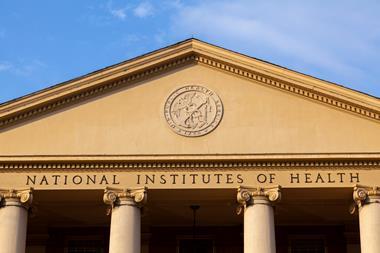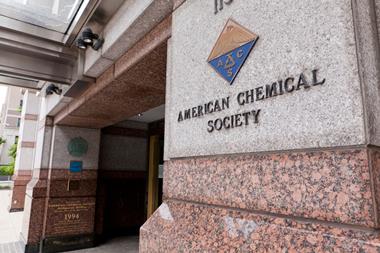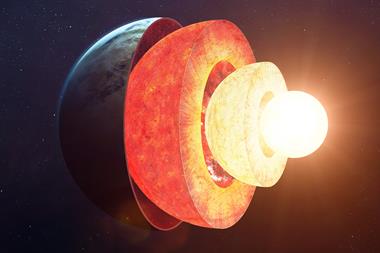Short items
Malaria double whammy
GlaxoSmithKline (GSK) is to publish a database of 13 500 hit compounds that have potential to be developed into malaria drugs. GSK has also announced an ’open lab’ project to support scientists exploring these compounds. Meanwhile, the plant source of artemisinin - the newest and most effective antimalarial on the market - has been genetically sequenced by a UK team, who are hoping to develop high-yielding varieties to boost supplies of the drug.
Guardian, 20 January 2010; The Times, 15 January 2010
Nellie and the nukes
Increased levels of 14C left behind by nuclear bomb tests in the 1950s could help combat the illegal trade of ’modern’ ivory. Only ivory from elephant tusks claimed before 1947 can be traded under EU law, and a newly developed method should lead to more accurate dating based on levels of the radionuclide present.
The Times, 4 January 2010
Plasma jet drill for dentists
A low temperature plasma jet could replace drilling as a means for dentists to clean bacteria out of tooth cavities before filling them. The device fires a stream of oxygen ions at about 40?C, which can kill bacteria in less than 20 seconds without damaging dentine or tooth pulp, which could lead to a pain-free alternative to the dreaded drill.
Independent, 20 January 2010
Sea snail shell takes the strain
The shell of the Indian ocean ’scaly foot’ snail could help researchers develop better body armour. The shell can withstand sustained crushing by a crab’s claw, as well as changes of temperature and acidity, thanks to its triple layered composite structure. Where most mollusc shells have a calcified layer with a thin organic layer on top, the scaly foot snail has a thicker organic layer that absorbs shocks, and is topped with a tough third layer of iron sulfide granules.
The Times, 19 January 2010






No comments yet